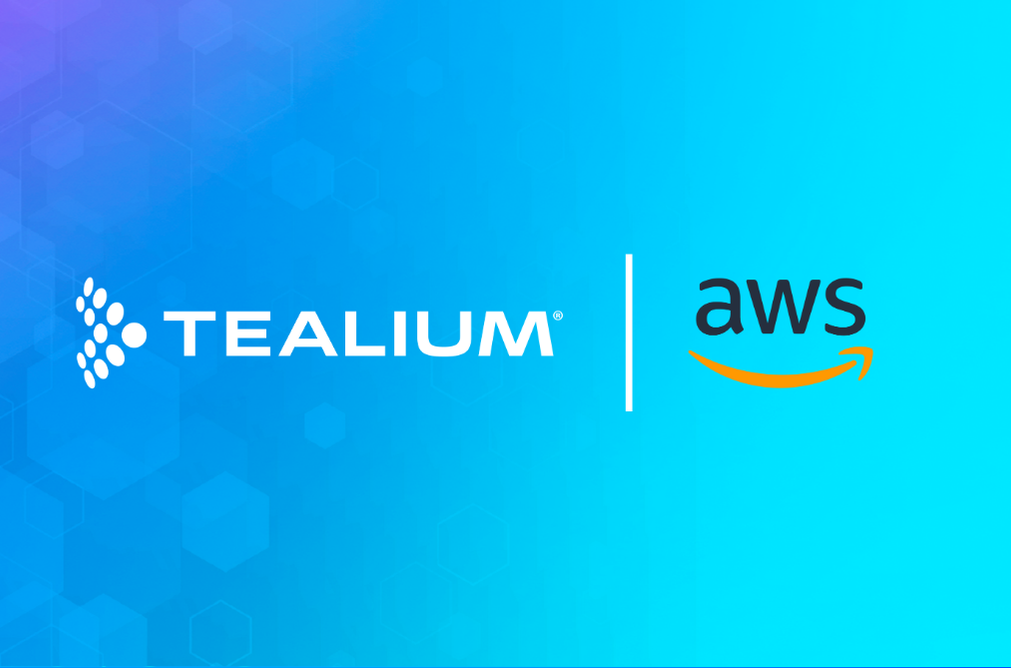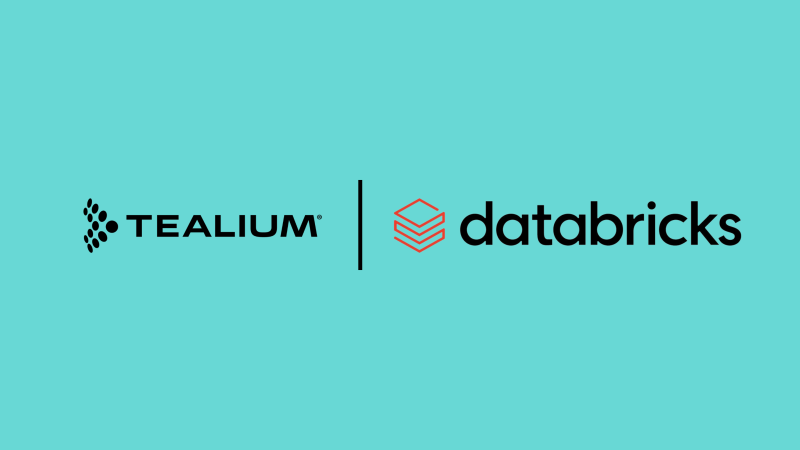A common theme among companies—particularly in Consumer Packaged Goods (CPG) and heavily regulated industries like healthcare and finance—is a lack of access to their customers’ data. For example, because the CPG industry does not sell direct-to-consumer, data points that would otherwise be available to online retailers—such as emails, addresses, phone numbers, and more—aren’t accessible to organizations that sell their products through a brick-and-mortar retailer. And the companies that do collect that initial transaction data aren’t doing it intentionally or strategically. Those customer data points are more of a byproduct of the purchase, necessary for the delivery and payment of the goods the customer is receiving.
What if more organizations put thought, time, and resources behind not just how to market and sell the product, but also how to collect customer data for analysis and activation with a goal to strengthen the brand’s relationship with the consumer while simultaneously influencing their purchase decisions in the moments that matter most to them? The results are deeper customer loyalty and better insights into your market that give companies the power to make better decisions.
The best part of creating a thoughtful first-party data collection strategy? Any company—regardless of growth stage—can start today, even before launching a product.
First-party data has been touted as the new “oil,” “gold,” or “currency” for many companies, and the past five or so years have demonstrated that it won’t be as easy to come by as consumers’ consent preferences change and data privacy legislation evolves. Providing value in exchange for a name, phone number, email, zip code, or whatever data is vital to reaching a company’s strategic initiatives and will go a long way to create deeper ties between the brand and the consumer.
For example, a beauty company delivers a small makeup sample in exchange for survey data from a prospective customer that asks for their preferred lipstick color, skin tone, and email. An e-commerce store asks for your email and phone number for a 25% discount valid for 48 hours. A luxury goods brand creates an exclusive virtual event with access to their newsletter for a behind-the-scenes view of the design process. A national sports team runs a paid social media campaign asking potential customers to enter into a sweepstakes for free tickets to a game. The cost spent per profile or record from a user via paid media can be as low as $1 depending on the value exchanged and the strength of the brand—a small cost to pay to learn more about what the market and your audience wants and to fuel your AI projects with real customer data. The first step is creating a strategic incentive to collect that data and create web traffic, which in turn creates behavioral clickstream data that can be utilized as inputs to train models.
Imagine a company in its infancy with a potentially disruptive idea or an established brand that wants to bring a new product to market. Interviews have been conducted and research has been done, but there are still questions around market validation and if investing time and resources into this new product idea makes sense to the business. With a first-party data collection strategy in hand, they begin creating online media campaigns with offers for a brand that doesn’t exist yet, asking users for their data in exchange for a discount and to be added to the waitlist.
$10,000 later, they were able to acquire customer data on 10,000 users in their market for $1 per profile created and ingest that data into Tealium’s Customer Data Platform (CDP), AudienceStream, for analysis, segmentation, and activation. Compare this to the alternative—launching a product or brand without first collecting data on the people we want to purchase those products. It is much more convincing of a story to both investors and internal stakeholders that an idea or product is worth resources or funding when you approach them with real data on real people who have shown genuine interest in what you are offering and have taken the time to exchange their information to learn more.
There is no stronger signal of purchase intent than when a customer exchanges their data for a future promise from a brand. By collecting first-party data for future marketing purposes, we also get a temperature check on how the market feels about what we want to create. After getting buy-in and equipped with the knowledge that there is genuine interest around what you want to build, you then bring it to market using your CDP to activate the data that you have collected in real time.
This is just one example of how a first-party data collection strategy could be utilized to drive growth at the startup or mid-size level. At the enterprise level, customer experience personalization should be a core tenet of any customer acquisition and retention strategy. This generally becomes easier to do because of the availability of data for larger corporations, though they often need help utilizing the data they already have access to.
If data is the “oil,” real time is the engine that creates the flexibility needed to personalize web experiences, increase ROAS, and automate many resource-intensive functions of your IT and data team. With Tealium, the media team no longer has to ask IT/Data to query a database and extract a CSV file to create an audience in their preferred digital channel and update those audiences every few weeks. Once the audience is built in Tealium, it is updated with new users or customers and activated—all within under 250 milliseconds.
Depending on the budget of your ad spend, automating audience entry and exit into your campaigns could save hundreds of thousands of dollars while ensuring that more media dollars are spent to put ads in front of users who aren’t already customers. Your daily budget is no longer exhausted, and your IT/Data team now has more time and resources for their own projects, as their operational burden has decreased.
What about personalizing the website for return customers? A batch upload process is too rigid to personalize web experiences in session. If you’re updating audiences every ten minutes, the prospect has already left your website—with no opportunity to personalize in the moment that mattered most. And your compliance team processing opt-out and CCPA deletion requests? Automated and managed entirely inside of Tealium as soon as the request comes in, ensuring company X is never out of compliance, even for a day—shielding itself from litigation.
Below, we will look at more best-in-class frameworks and examples on how data acquisition can augment existing workstreams and put the customer at the center of the experience while simultaneously respecting data privacy laws, user consent, and getting the most value out of AI-related projects. Tealium acts as a critical enabler to unlock the opportunities that exist across not only your MarTech stack, but also your enterprise-level AI initiatives. To get the most out of both, you will need to acquire consented data and the ability to activate it quickly to realize business value. At the heart of any data acquisition strategy are two things: an exchange of value and consent.
While retail and DTC brands typically have an easier time acquiring customer data, CPG and pharma brands must be more inventive. Consider these real-world examples that we took from real brands and Tealium customers:
- A CPG brand partners with a major sports organization to run sweepstakes contests for event tickets, collecting personal data with user consent.
- Another collaborates with a popular video game to offer in-game rewards in exchange for post-purchase registration.
- A national CPG brand leverages paid media to drive 3 million social impressions, resulting in 34,000 unique email captures and device IDs.
- A healthcare brand builds zero-party profiles through onsite quizzes to better understand site visitors—all while remaining HIPAA-compliant.
- A cosmetics company launches a membership program offering first access to new products for users who opt in.
In all of these cases, the foundation of success is twofold: value and consent.
In all of these examples, both consent and personal data are required in exchange for something of value. The channels we looked at varied from paid media to partnerships to onsite pop-ups and quizzes across CPG, e-commerce/beauty, and Health Sciences. Deciding what data is important for you to collect (email, customer feedback, preferences, etc.) and then offering value in exchange—like free shipping, a referral program, private sales, limited-edition products, and samples—allows companies to then maximize the utility of Tealium, AI, and their downstream platforms by building a visitor profile and activating that data in real time once it’s collected.
In today’s data-driven world, the ability to collect, analyze, and activate first-party data in real time is no longer a luxury—it’s a strategic imperative. Whether you’re an early-stage startup validating an idea or a global brand looking to personalize every touchpoint, success hinges on thoughtful data collection and activation strategies.
Tealium serves as that central enabler—powering your data flows, simplifying compliance, and connecting your MarTech and AI ecosystems. But the tech is only as strong as the data it runs on. Build the foundation first. Prioritize consent, offer genuine value, and be intentional with every customer interaction. That’s how you move from collecting data to delivering exceptional, real-time customer experiences that scale.








